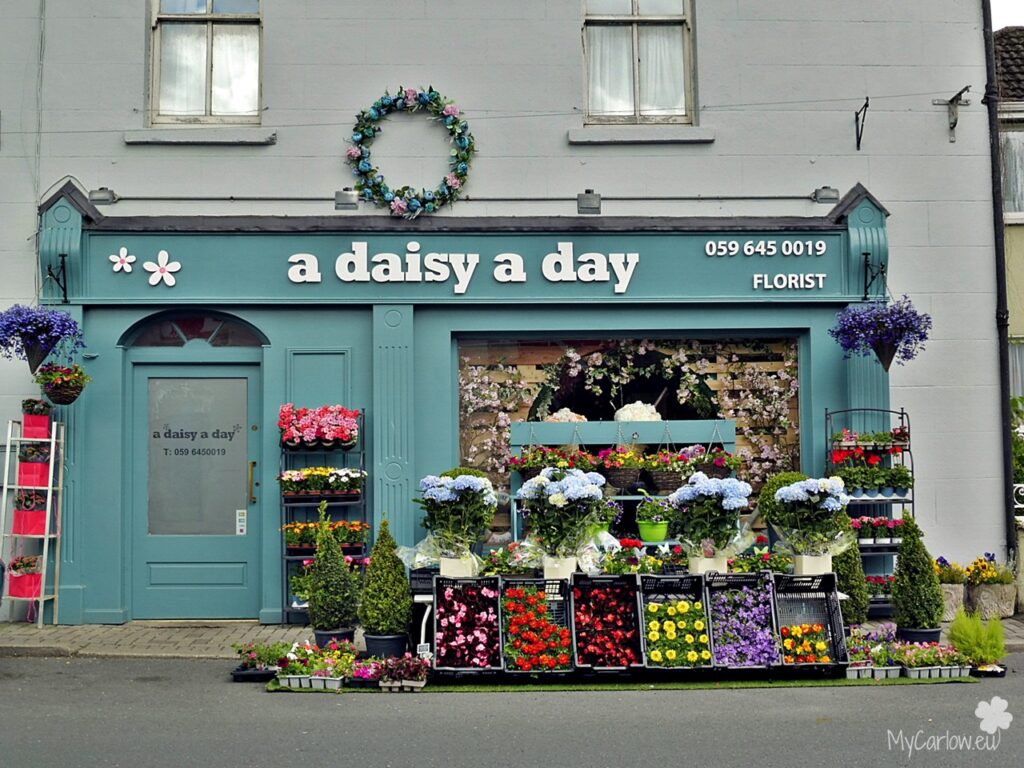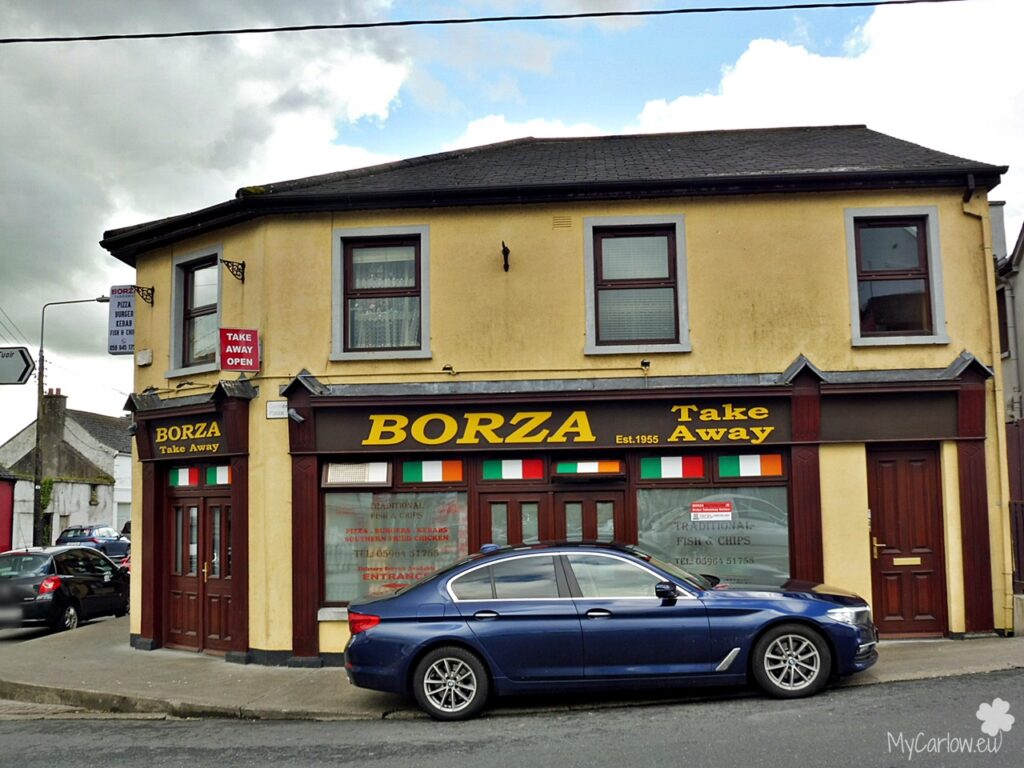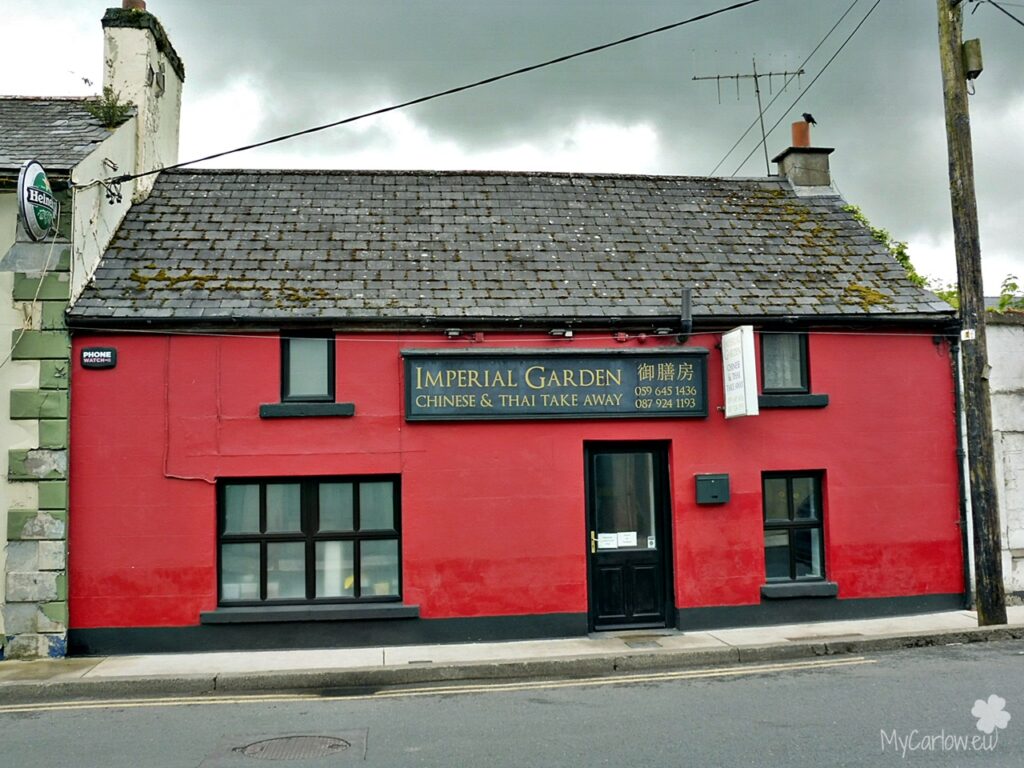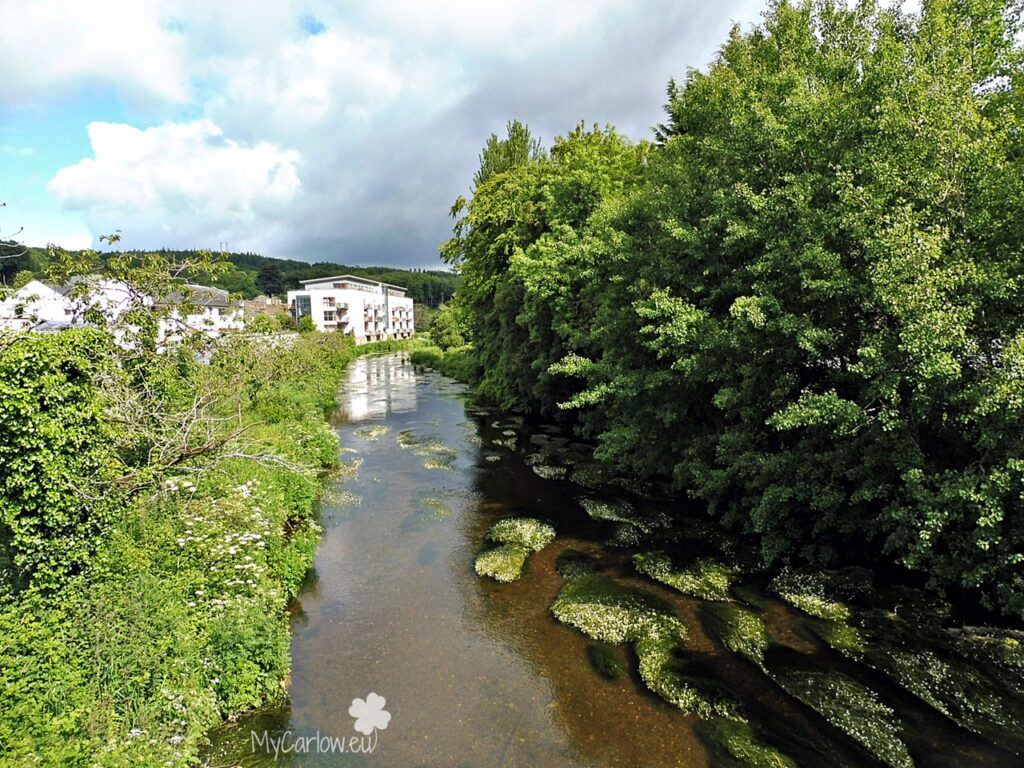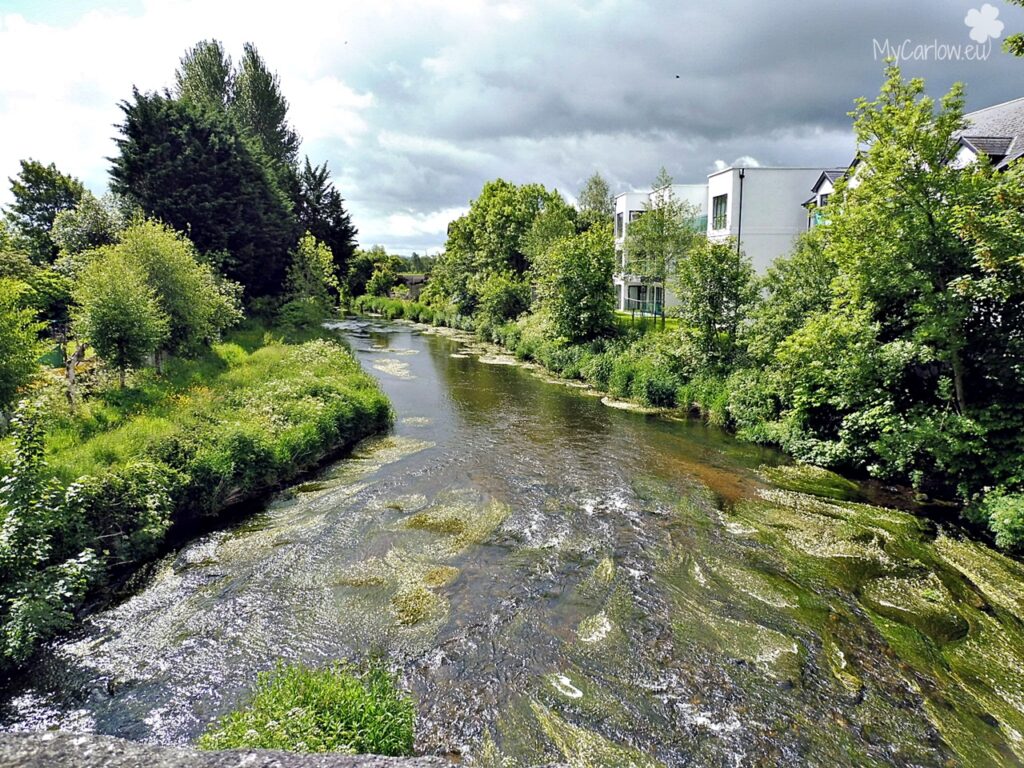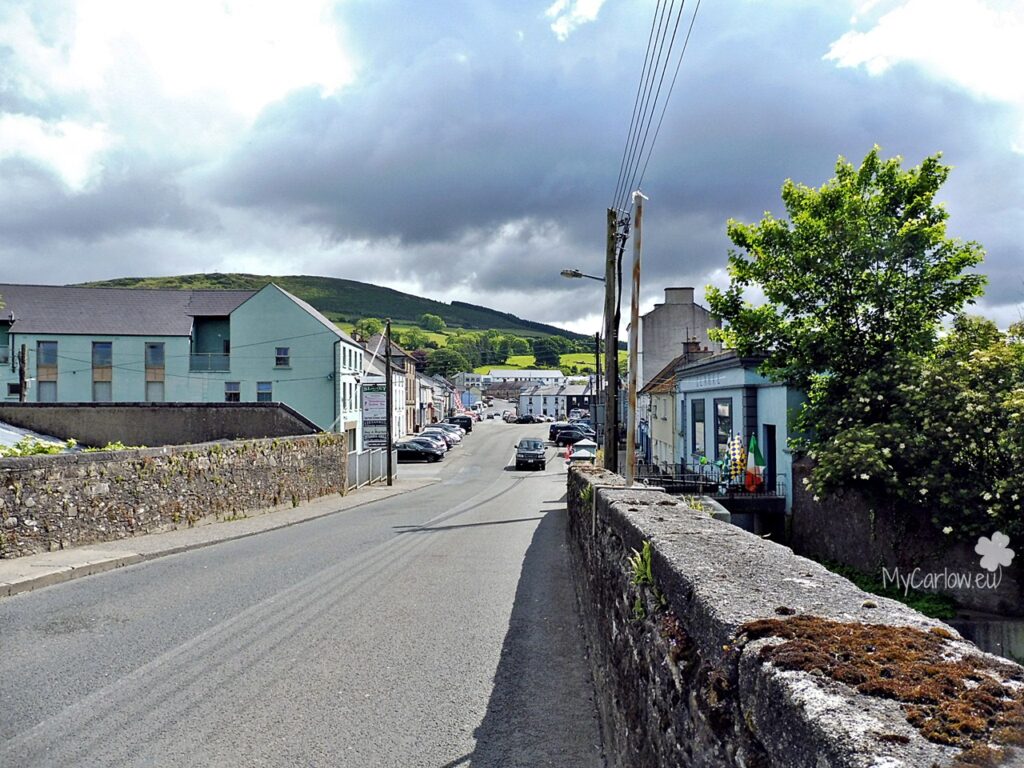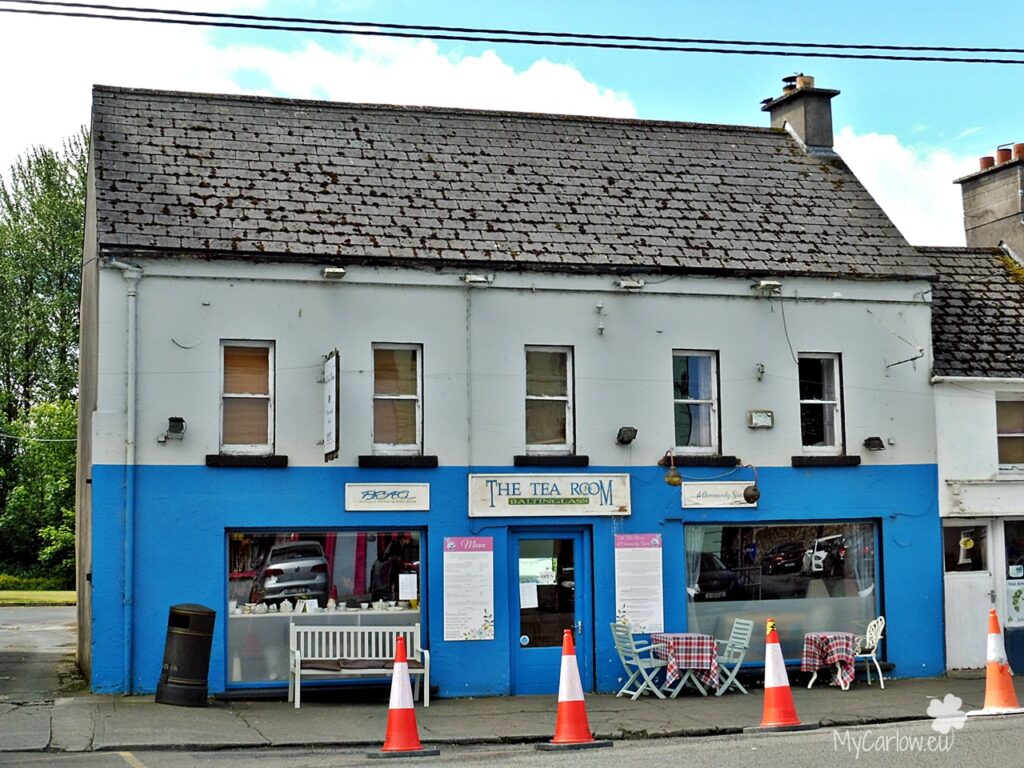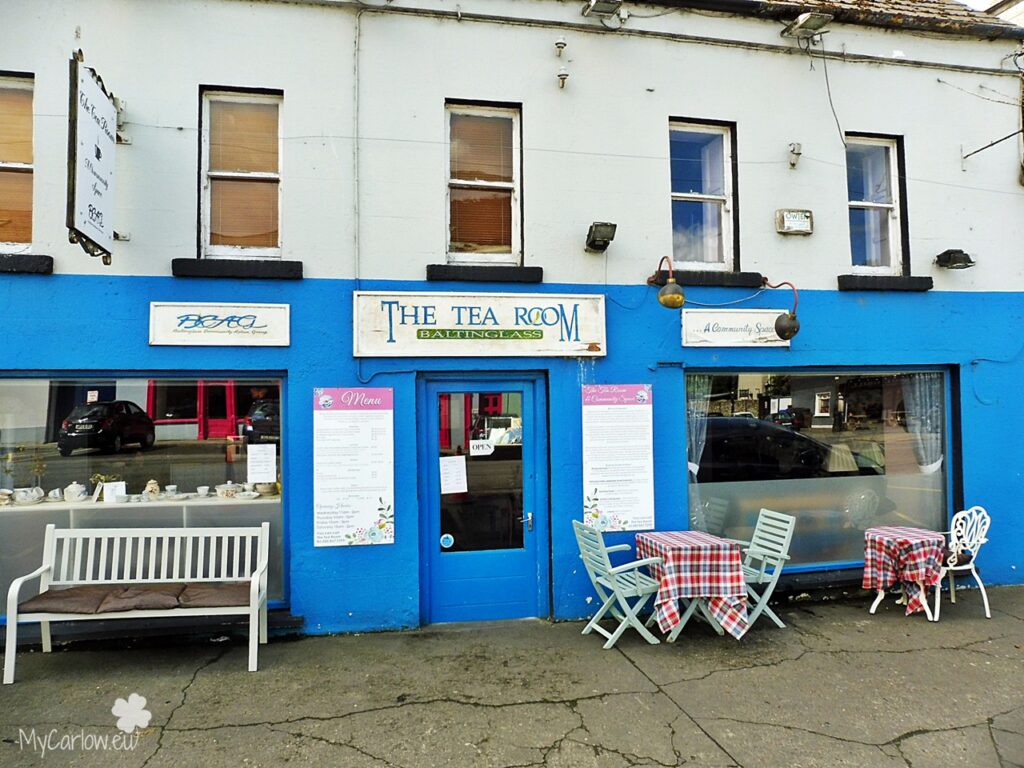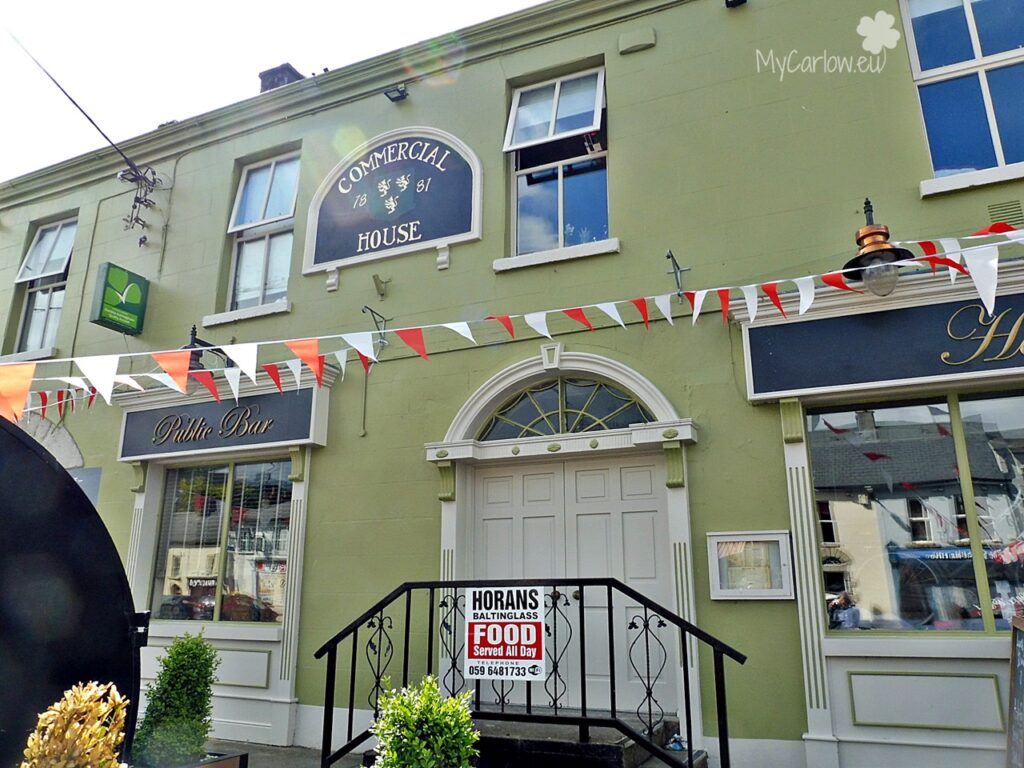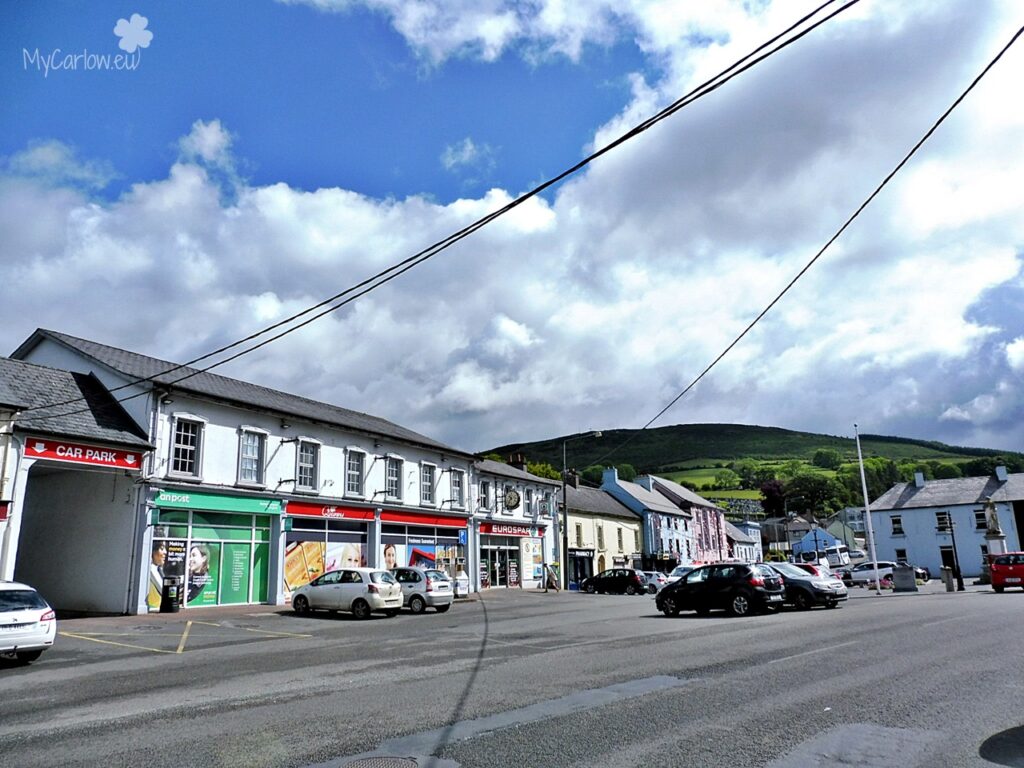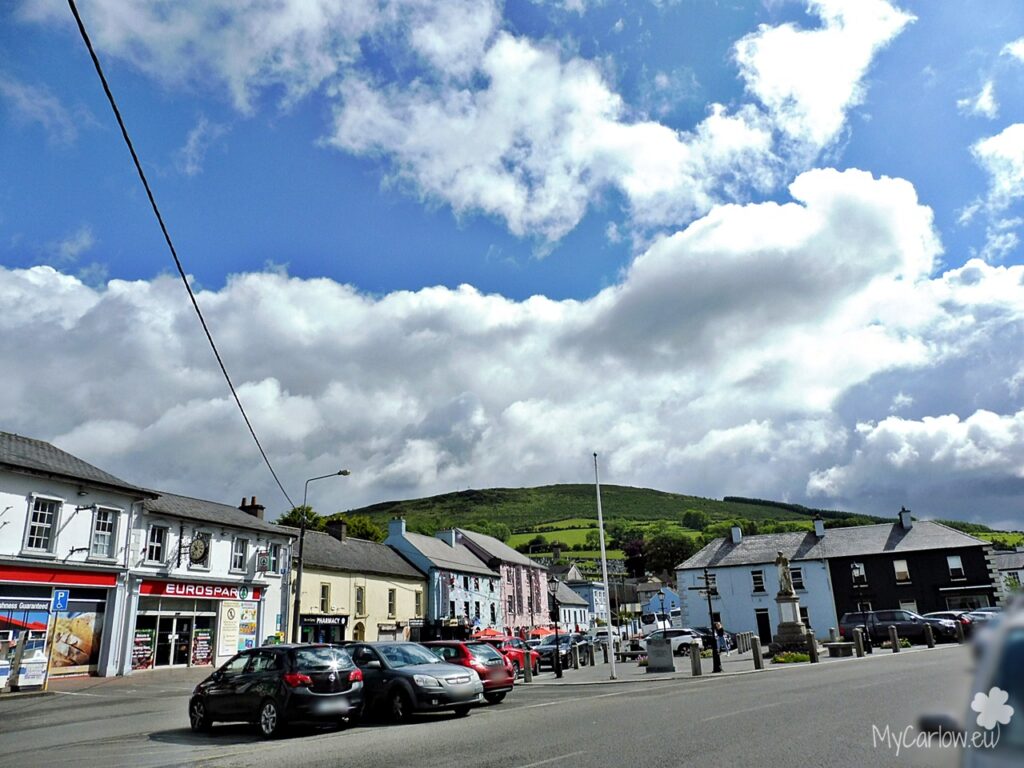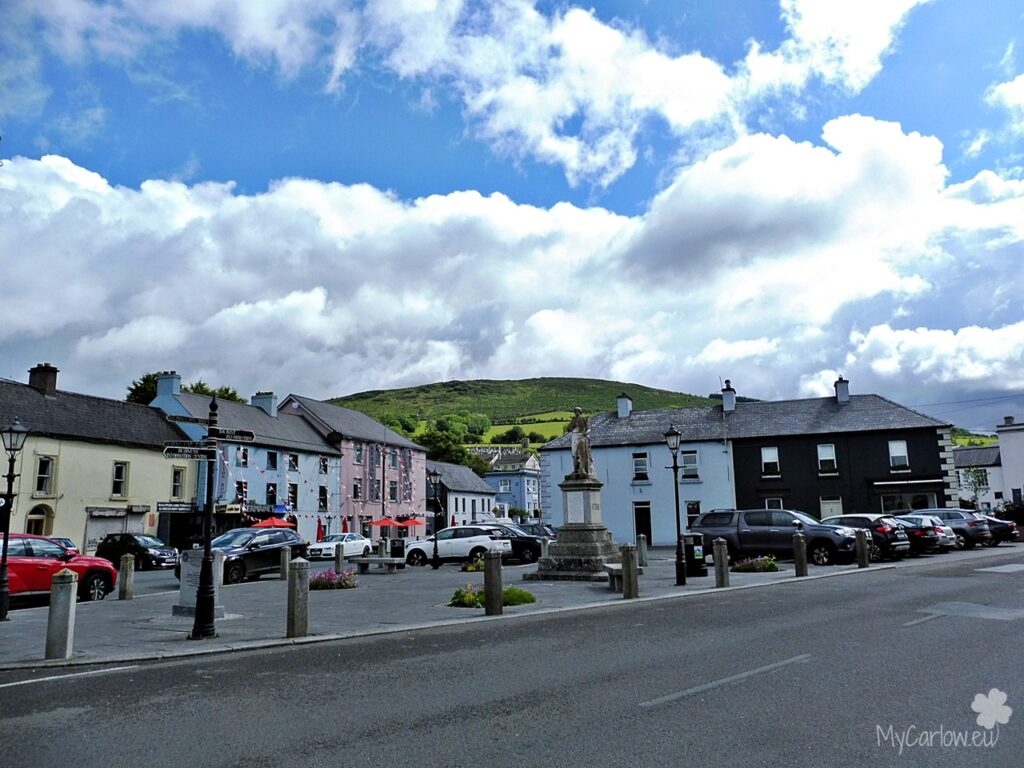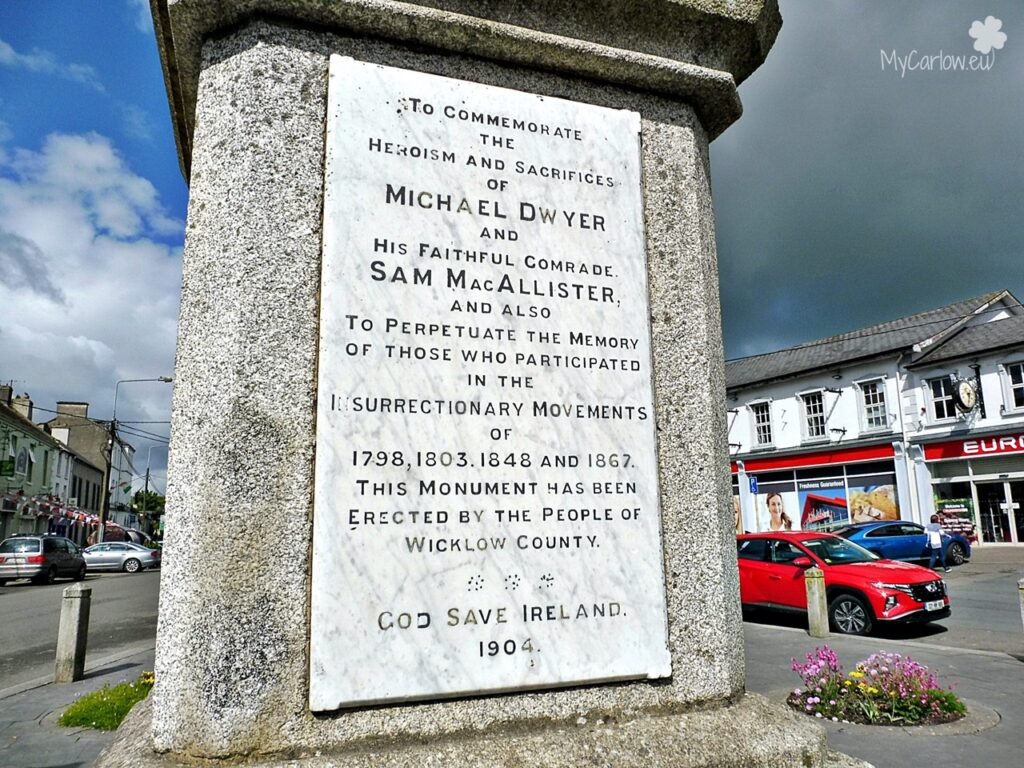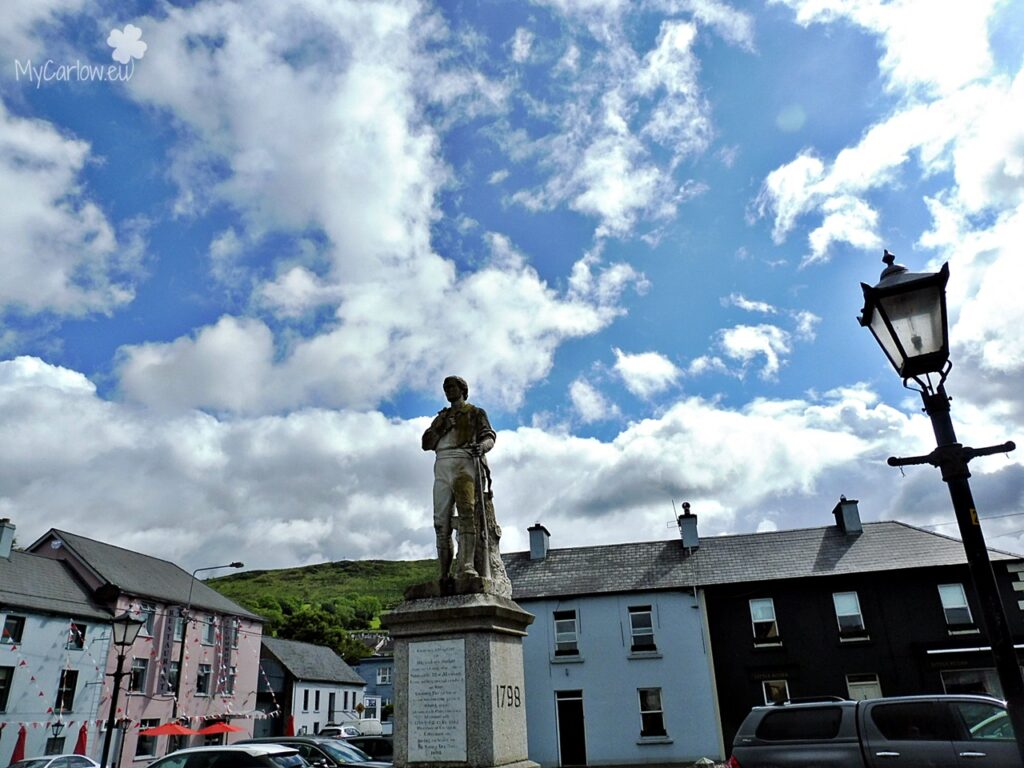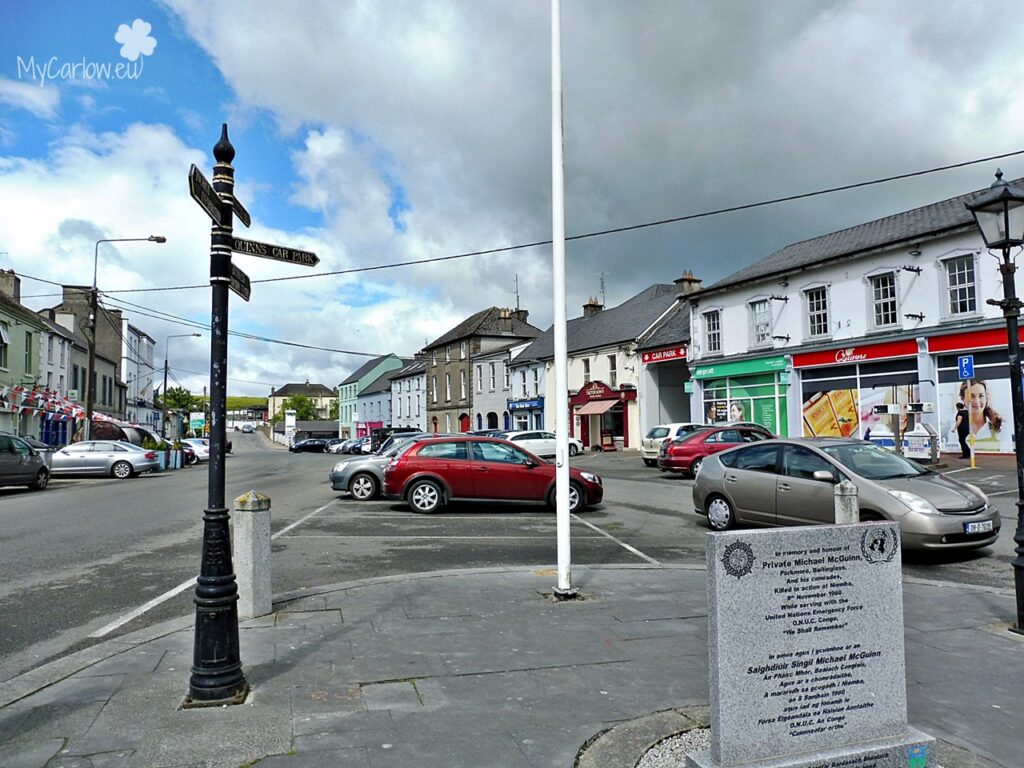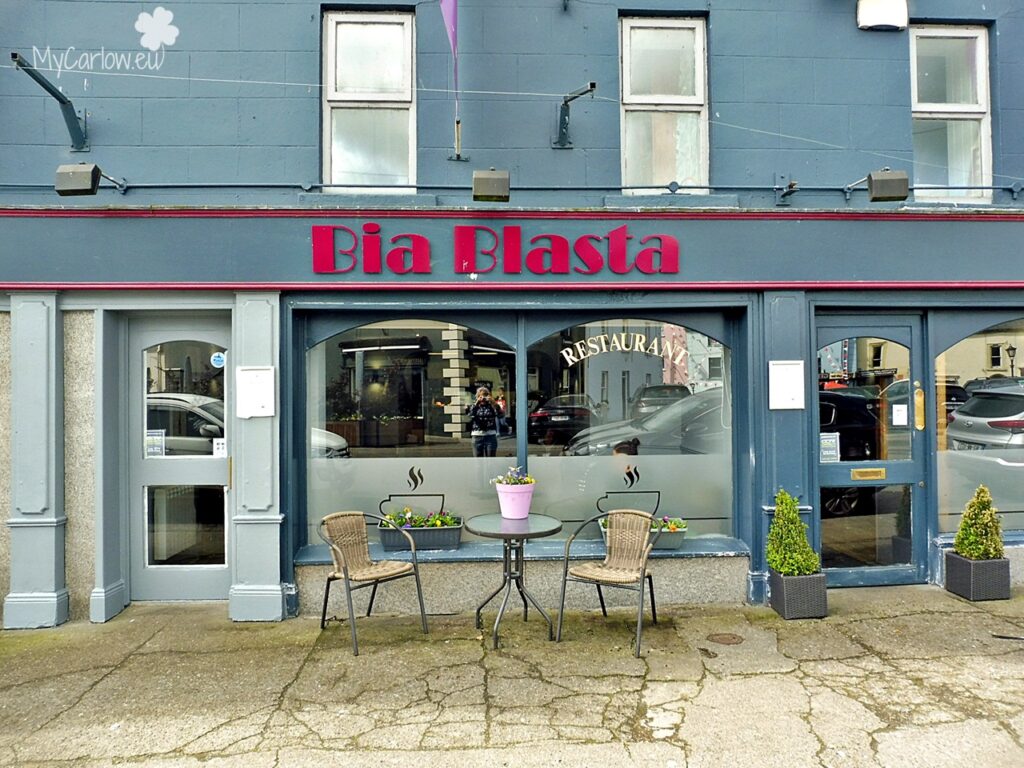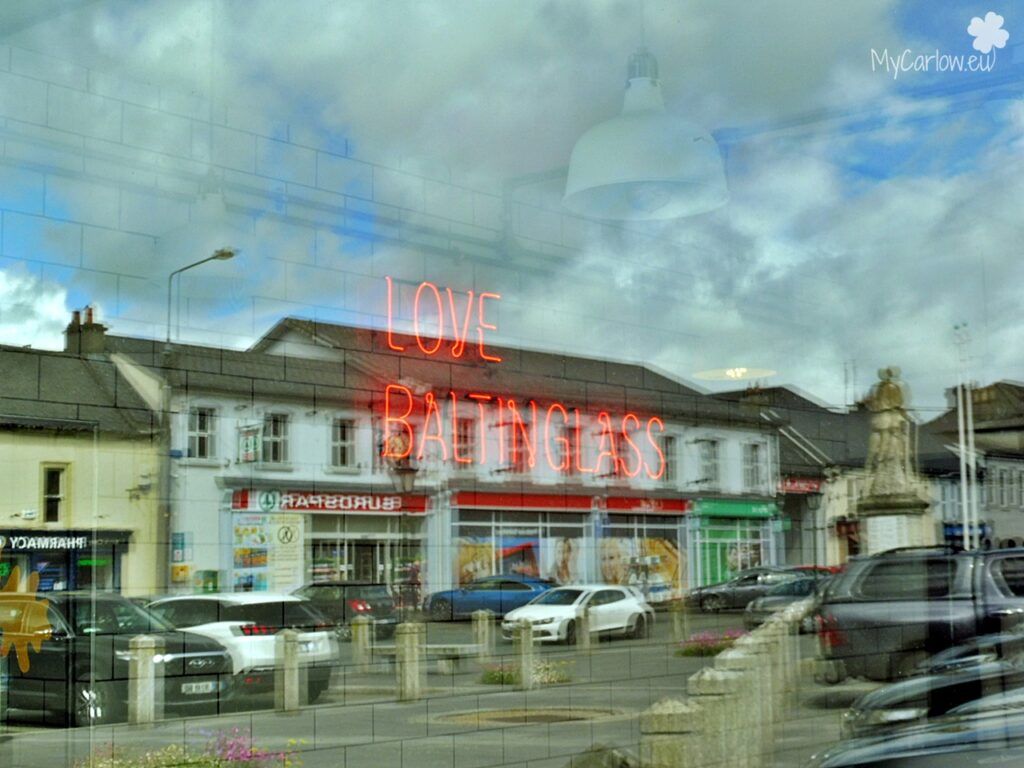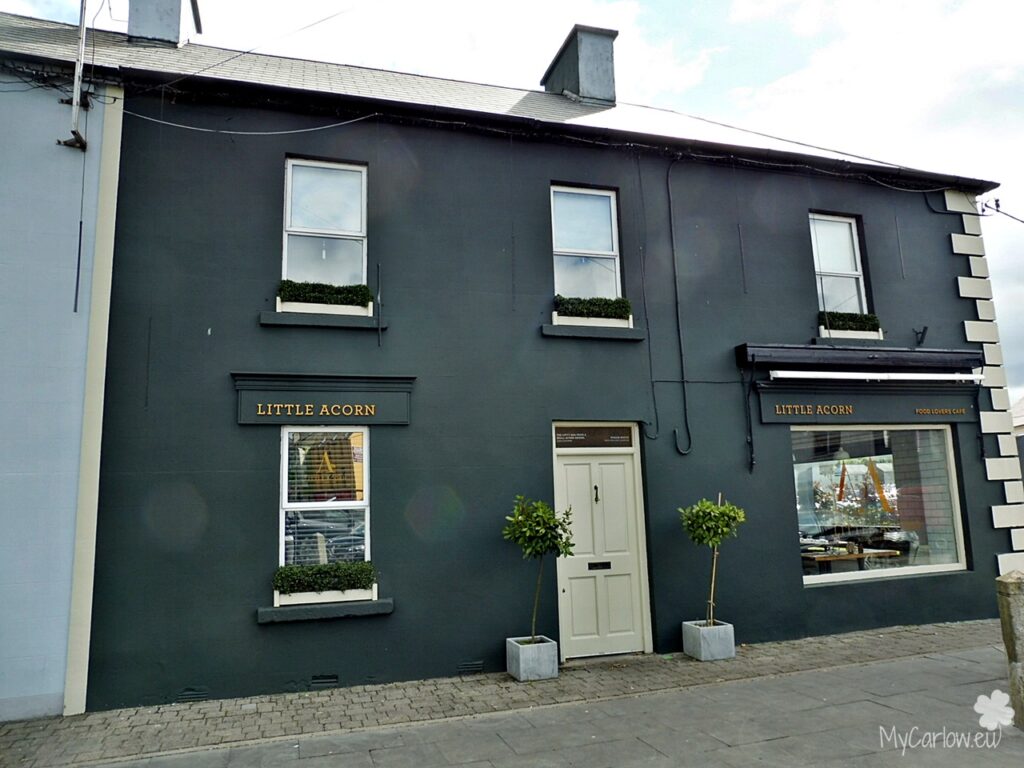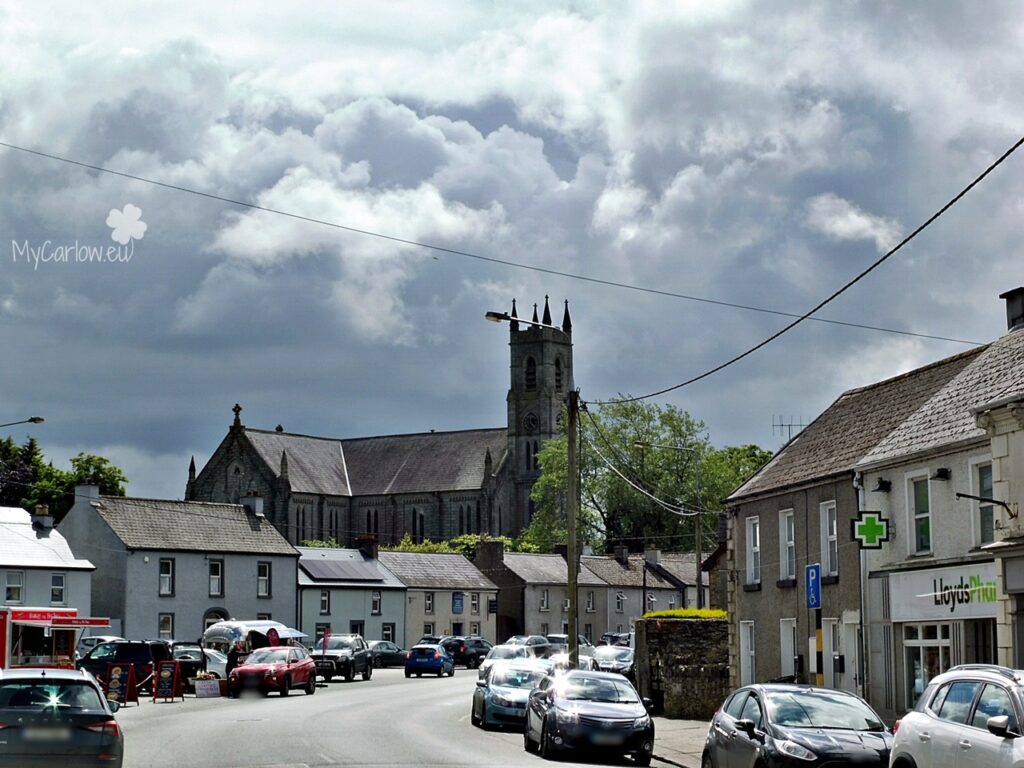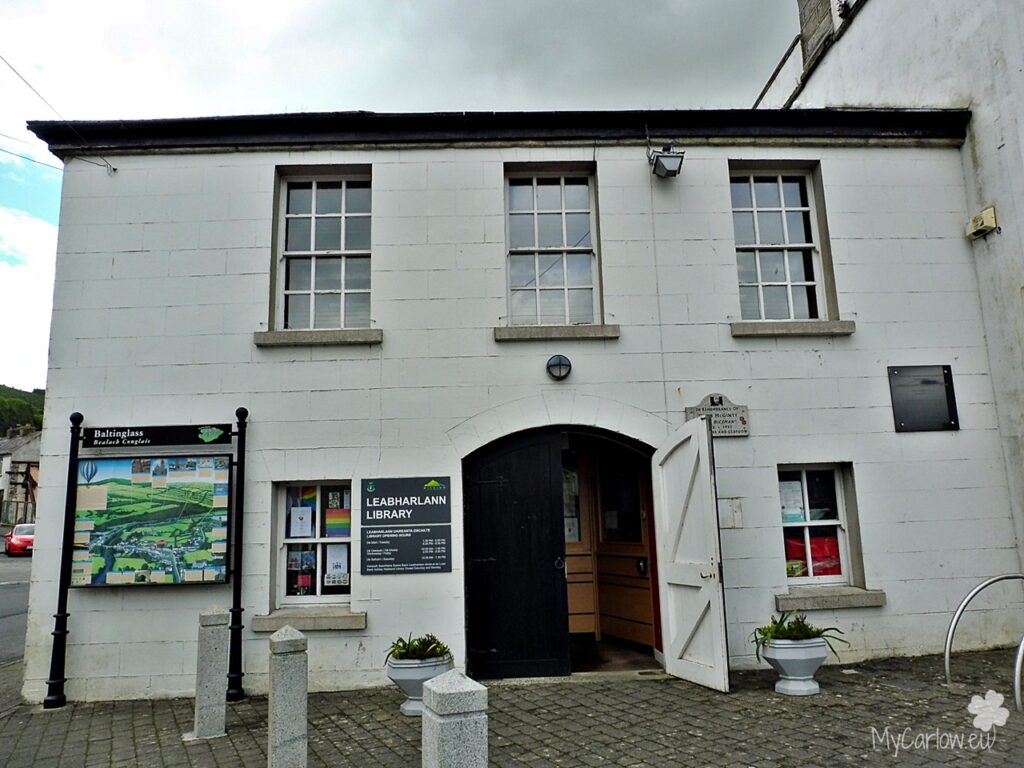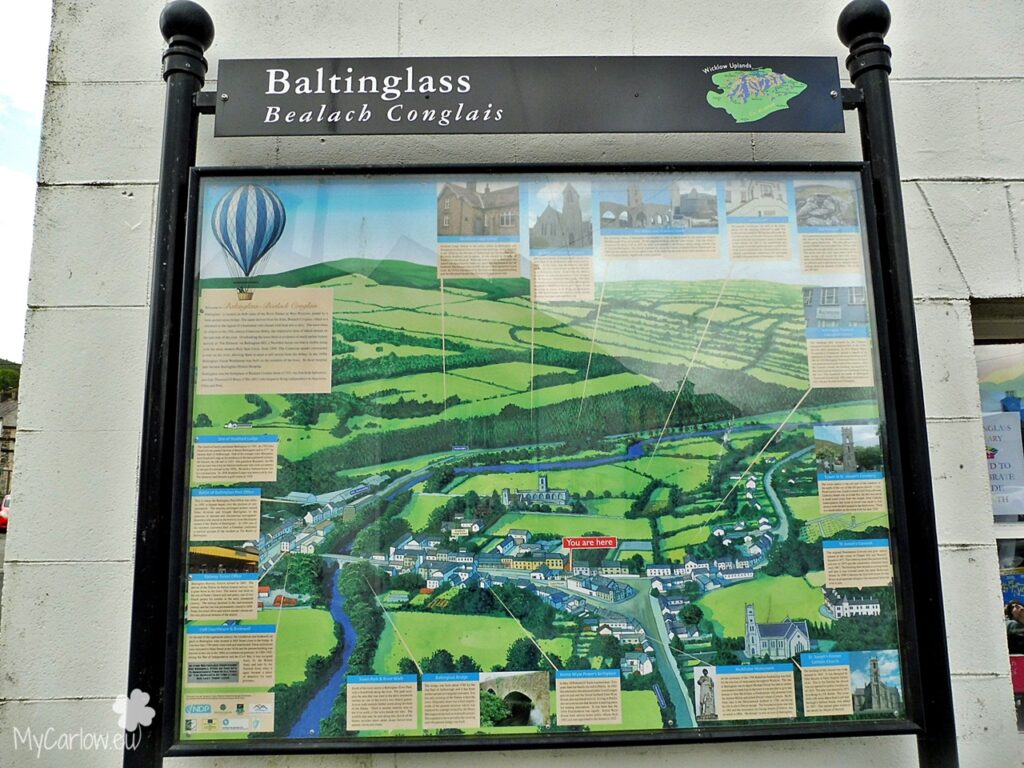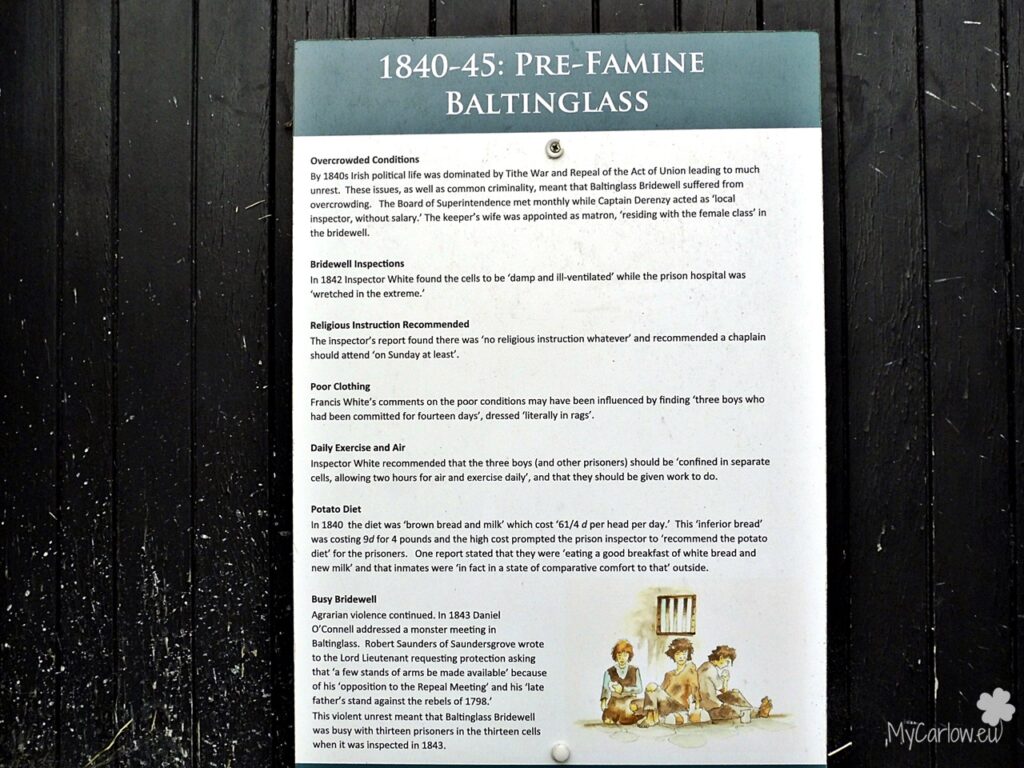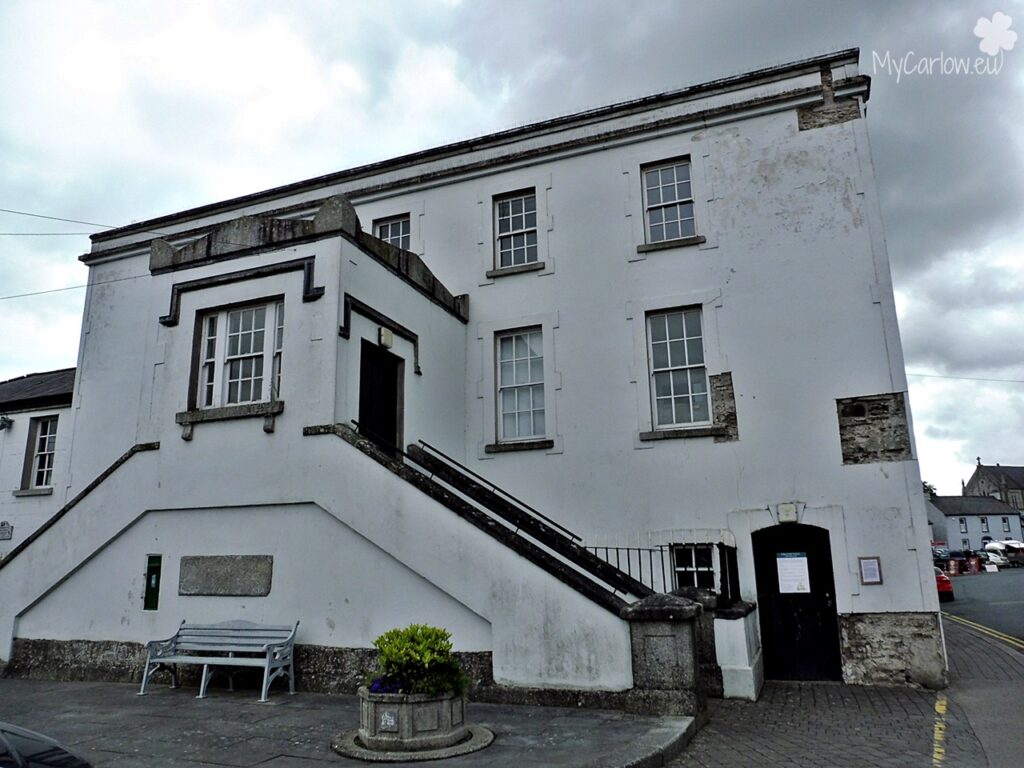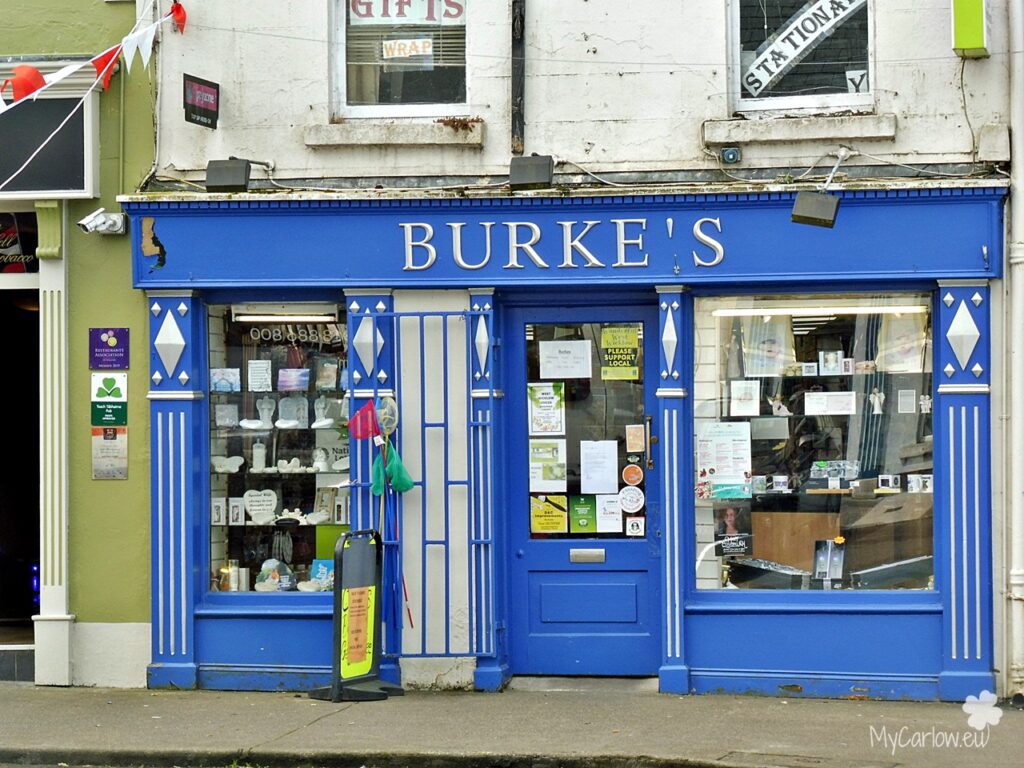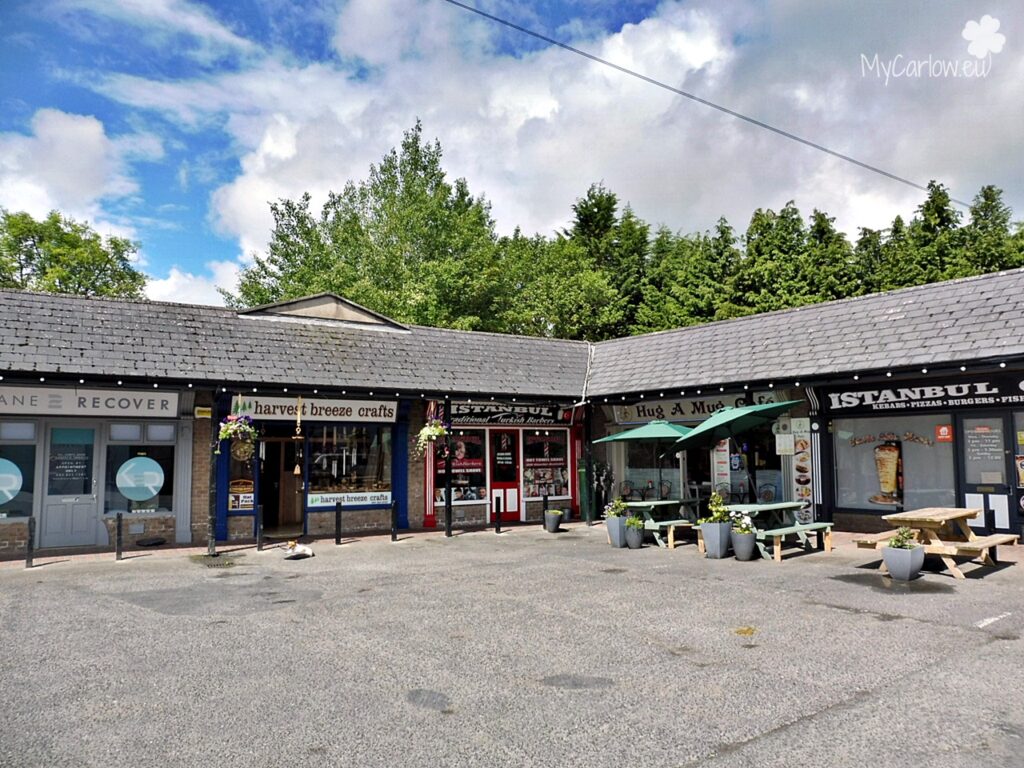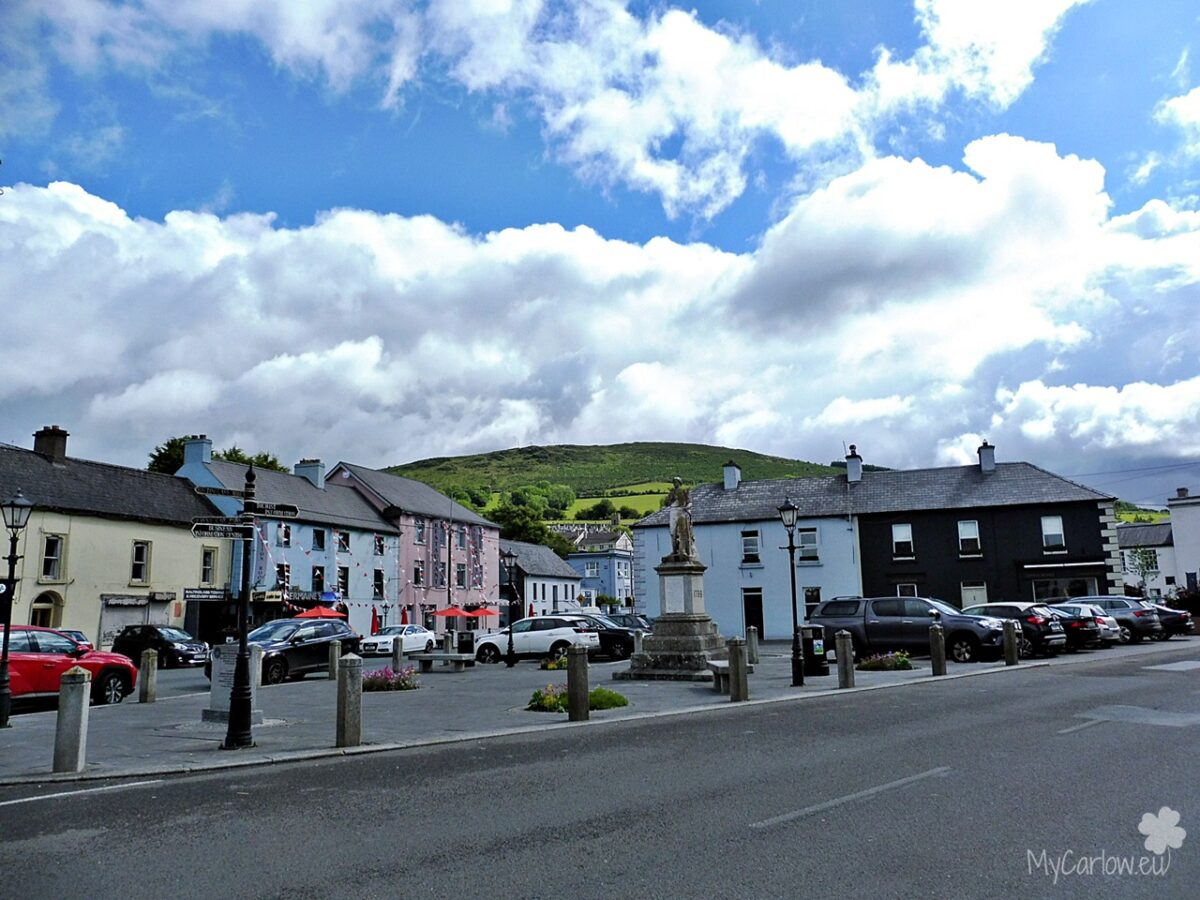
Baltinglass is a small town in County Wicklow in a rural area at the western edge of the Wicklow Mountains.
It is a lovely town, I have been there before and visited Baltinglass Abbey and St. Joseph’s Roman Catholic Church.
Baltinglass is located on both sides of the River Slaney in West Wicklow, joined by a three-arched stone bridge, near the border with County Carlow and County Kildare, on the N81 road. Just two and a half miles from the town’s center is the point where three counties Wicklow, Carlow, and Kildare meet.
The town’s Irish name, Bealach Conglais means “the way of Conglas”.
It was the name of a palace at Baltinglass, where, according to the Irish etymologist Patrick Weston Joyce, the powerful Leinster king Branduff resided in the sixth century.
The surrounding hills of the area are rich in archaeological and historical sites, including the Rathcoran passage structure. On the highest point of the Baltinglass Hill, north-east of the village, the passage grave from the Stone Age whose outer walls are finished in chalk not native to the area is said on bright days to be visible from Kildare’s Curragh 48 km (30 mi) away.
The town owes its origins to the 12th-century Cistercian Abbey.
To the north end of the village on the weir of the River Slaney lies the impressive ruins of an ancient monastery, Baltinglass Abbey, that has had many additions over the centuries; the original church is said to date from around 700 A.D.
The Cistercian monks constructed a weir on the river, allowing them to erect a mill across from the Abbey. In the 1830s Baltinglass Union Workhouse was built on the outskirts of the town. Its fever hospital later became Baltinglass District Hospital.
The town gained national attention in 1950 when the replacement of a local postal worker, Helen Cooke, led to accusations of political cronyism nationally and a local row that became known as the ‘Battle of Baltinglass’.
At the centenary of the 1798 Rebellion fundraising was held for the erection of monuments throughout Wicklow.
The one in Baltinglass was to depict Michael Dwyer. Still, due to certain resentment towards him in the town, it was decided to give that honor to Sam McAllister, a Presbyterian who deserted from the Antrim Militia and joined Dwyer’s band of rebels. McAllister died in the Derrynamuck Ambush in 1799, sacrificing his life to allow Dwyer to escape. The foundation stone was laid in 1902 and the monument, by George Smyth of Dublin, was unveiled in 1904. ‘McAllister’ is now an icon of Baltinglass.
Baltinglass has a number of natural, archaeological, and built heritage sites; such as Baltinglass Hills, Baltinglass Abbey and St. Joseph’s Roman Catholic Church, and the River Slaney Special Area of Conservation.
There are several buildings of architectural and historical merit, several of which are located in the town center:
- Site of Stratford Lodge,
- Battle of Baltinglass Post Office,
- Railway Ticket Office,
- 1798 Courthouse & Bridewell,
- Town Park & River Walk,
- Baltinglass Bridge,
- Jennie Wyse Power’s birthplace,
- McAllister Monument,
- St. Joseph’s Roman Catholic Church,
- St. Joseph’s Convent,
- Tower in St. Joseph’s Cemetery,
- Baltinglass Outdoor Education Centre,
- The Pinnacle,
- Courthouse,
- The Abbey & Stratford Tomb,
- St. Mary’s Church of Ireland,
- Stratford Lodge School.
The Stratford family purchased Baltinglass in 1707.
In 1763 John Stratford was granted the title of Baron Baltinglass and in 1777, he became Earl of Aldborough. Benjamin, one of his younger sons, built Stratford Lodge as his residence in the late eighteenth century. He became the 4th earl in 1823. His grandson Benjamin, the 6th and last earl was a hot air balloon enthusiast who took out patents on designs for aircraft in the 1850s. He built a ‘balloon house’ for his construction. In 1858 Stratford Lodge was destroyed by fire. The demesne land became a golf course in 1928.
The most prominent natives of Baltinglass included Richard Crosbie (born c1755) – the first Irish balloonist, and John Thomond O’Brien (1786-1861) who helped to bring independence to Argentina, Chile, and Peru, and Jennie Wyse Power, one of the earliest female Irish politicians.
Source: The information board in Baltinglass.
The most popular restaurants located in the Heritage town of Baltinglass are:
- Bia Blasta & Divine,
- Germaine,
- Horans Bar Restaurant,
- Little Acorn Cafe,
- Hug a Mug Café
- The Tea Rooms.
Location of Baltinglass Town:
Below are the photos I took in May 2022.
